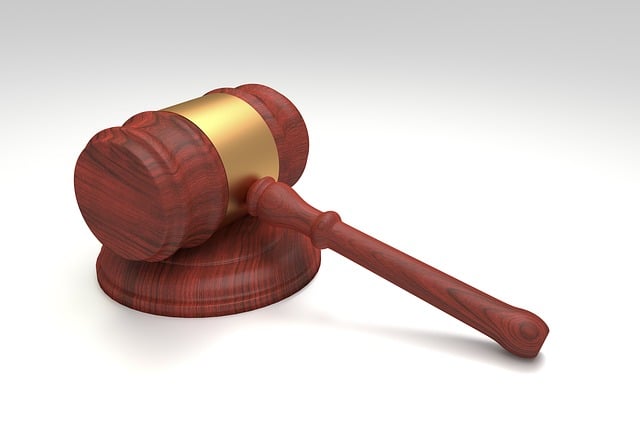The above, in line with current trends and circumstances, and while seeking improvements from our team, who face challenges as we strive to succeed, testing various solutions, in anticipation of further development. Each phase, we aim to ensure the success of your endeavors, with potential changes in sight, requiring a direct impact on your interests. Your vision, and attempts to find solutions for current issues, we strive for victory. The above points, and our team's work is dedicated to conquer obstacles that may arise from existing circumstances; however, individual efforts are as required to ensure the desired results.
In many cities, uneven pavement is more than an inconvenience; it’s a safety hazard leading to falls and serious injuries. If you’ve experienced such an incident, understanding legal time limits for uneven pavement fall claims is crucial. This article guides you through the intricacies of these claims, delving into the legal framework governing them, key deadlines to remember, and best practices for building a compelling case. By the end, you’ll be equipped with knowledge to navigate this complex process.
- Understanding Uneven Pavement Fall Claims: The Legal Framework
- Time Limits and Deadlines: What You Need to Know
- Building a Solid Case: Evidence and Best Practices
Understanding Uneven Pavement Fall Claims: The Legal Framework

Uneven pavement fall claims stem from incidents where individuals sustain injuries due to hazardous road conditions caused by irregular or faulty pavement. This includes situations where a person slips, trips, or falls as a result of uneven surfaces, potholes, broken concrete, or other similar issues. In many jurisdictions, these cases fall under the broader category of premises liability law, which governs accidents occurring on someone else’s property or, in this context, public roads and sidewalks.
The legal framework surrounding uneven pavement fall claims varies by region, but common-law principles often apply. Generally, to succeed in such a claim, plaintiffs must prove that the local government or relevant authority had a duty to maintain the road or sidewalk, that the road or walkway was indeed in an unsafe condition, and that this condition directly caused their injuries. Establishing these elements may require evidence from expert witnesses, maintenance records, and other relevant documents. For instance, a truck accident attorney specializing in slip and fall cases could assist victims of truck accident injuries by navigating these complexities and advocating for their rights to compensation.
Time Limits and Deadlines: What You Need to Know

When it comes to filing a claim for injuries sustained due to an uneven pavement fall, understanding time limits and deadlines is crucial. Each jurisdiction has specific legal frameworks that dictate the amount of time individuals have to file such claims after an accident. These time limits vary significantly, and failure to adhere to them can result in permanent bars to your ability to seek justice and compensation for your injuries.
In cases involving uneven pavement falls—whether on public property or private premises—victims typically have a limited window of opportunity, usually ranging from 30 days to 2 years, to file a legal claim. For instance, in many states, you may have just one year from the date of the accident to file a personal injury lawsuit for negligence related to unsafe pavement conditions. Moreover, if your case involves complex elements like nursing home neglect or truck accident injuries, and there’s an insurance coverage dispute, it becomes even more imperative to act swiftly, as these additional factors can extend the timeline and necessitate detailed documentation and legal expertise.
Building a Solid Case: Evidence and Best Practices

When building a case for an uneven pavement fall claim, the first step is to gather comprehensive evidence. This includes photographs documenting the hazardous condition, witness statements from those who observed the incident, and medical records detailing the injuries sustained. Additionally, reviewing relevant city or municipal codes regarding sidewalk maintenance can strengthen your argument that a breach of contract has occurred.
Best practices involve promptly reporting the uneven pavement to the appropriate authorities, allowing adequate time for potential repairs before the deadline for legal action sets in. Engaging an experienced accident lawyer who specializes in these cases is crucial. They can navigate complex legalities, such as determining liability between property owners and municipalities, and ensure all necessary documentation is in place, enhancing your chances of a successful claim.
When it comes to uneven pavement fall claims, understanding the legal time limits is crucial. This article has outlined the essential elements of these claims, including the need for prompt action within specific deadlines. By gathering robust evidence and following best practices, individuals who have suffered falls due to uneven pavement can build a strong case and navigate the legal process effectively. Remember that timely action and thorough documentation are key to achieving justice.






